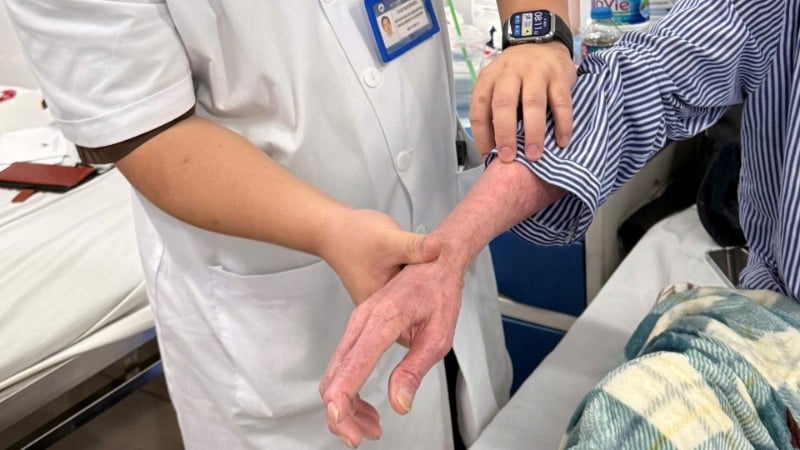
Severe skin damage due to rare genetic disease
Six years ago, the patient had red patches, small blisters that easily broke, oozing fluid in the groin area with itching and burning pain. The patient went to many places for examination and treatment, the lesions reduced but quickly reappeared. The disease caused more itching and more severe skin lesions in the summer, when working and doing daily activities, greatly affecting the quality of life.
Through examination, Master, Doctor Pham Dinh Hoa, Deputy Head of the Department of Treatment of Male Skin Diseases, Central Dermatology Hospital, recorded red, oozing, clearly defined, cracked skin lesions in the groin, armpits, and both sides, surrounded by redness; the surface had scaly erosions on the patient's arms, legs, and torso. Information extraction revealed that the father also had similar symptoms of the disease with similar skin lesions.
The paraclinical indications performed included fungal smear, cytological examination, histopathological examination, direct immunofluorescence and indirect immunofluorescence. The results showed that the patient had clinical and laboratory features consistent with the diagnosis of benign familial pemphigus (Hailey-Hailey disease) with additional fungal skin infection.
For this disease, traditional, single-agent therapies often do not achieve long-term stable control and have undesirable side effects. Therefore, there is a need for a new multimodal treatment strategy to treat the disease more effectively.
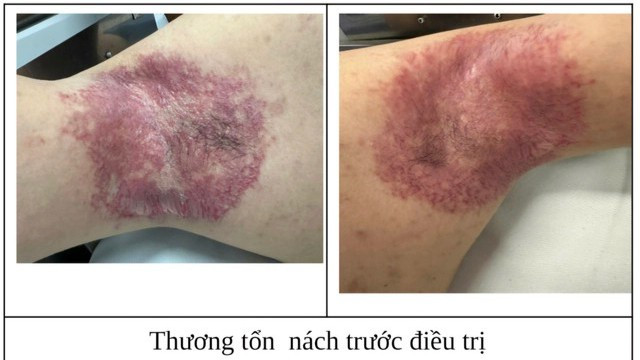
The patient was treated with acitretin 50mg/day, combined with botulium toxin A injection at the lesion site and local skin care, antibiotic ointment and corticosteroid application to the lesion. After 4 weeks of treatment, the skin lesion was less inflamed, less red, no longer secreted, the patient's pain and itching were significantly reduced.
Doctors at the Central Dermatology Hospital have applied a combination regimen of oral acitretin with local injection of botulinum toxin A. Acitretin is a derivative of vitamin A acid that normalizes the differentiation and proliferation of keratinocytes and has the effect of reducing sebum secretion and inflammation.
In particular, local botulinum toxin injection is an effective and safe combination therapy for moderate, severe, and resistant cases of Hailey Hailey disease. Currently, botulinum toxin (botox) injection is a common application in cosmetic dermatology.
In the treatment of Hailey hailey disease, botulinum toxin reduces sweating, thereby reducing the penetration of microorganisms and reducing the risk of infection. The result of this combination is a significant control of symptoms and effective prevention of disease recurrence.
Hailey–Hailey disease is rare and difficult to diagnose.
Specialist II Quach Thi Ha Giang , Head of the Department of Treatment of Men's Skin Diseases, said that benign familial pemphigus is also known as Hailey-Hailey disease. This is a rare hereditary blistering skin disease first described in 1939. In the world, the estimated incidence of the disease is 1 in 50,000 people.
There is currently no accurate data on the incidence of the disease in the world , and in Vietnam. The incidence of the disease has not been fully reported, because the skin lesions of the disease are similar to some other skin diseases and patients with mild cases do not go to the doctor.
The disease is caused by mutations in the ATP2C1 gene - a gene that plays an important role in maintaining the adhesion and stability of epithelial cells. When this gene is mutated, the adhesion process between cells is weakened, leading to the phenomenon of epidermal separation, creating the characteristic lesions of the disease. Children can manifest the disease due to carrying the mutated gene from either parent.
The disease often appears in areas of skin that have folds and are prone to friction such as the groin, armpits, under the breasts, and buttocks. Typical lesions are red, erosive, oozing patches, sometimes with small, easily broken blisters, accompanied by pain and itching.
The disease usually appears in both men and women between the ages of 20 and 40, sometimes earlier in adolescence, and lasts a lifetime.
The disease progresses chronically, recurring many times, especially in hot and humid weather conditions, increased sweating, a lot of exercise or mechanical trauma to the damaged skin area. In addition, bacterial, viral or fungal superinfections often occur, making the disease more severe and difficult to control, especially in the summer.
Dr. Giang said that if diagnosed early and treated with the right regimen, the patient can completely control the disease and improve the quality of life. The above case was successfully treated with systemic medication combined with botulinum toxin A; a substance known mainly in skin aesthetics.
For families with a history of the disease, genetic counseling and immediate medical examination when abnormal skin signs appear are very important. Patients need to pay attention to personal hygiene, limit moisture and avoid friction in the affected skin area to reduce the risk of outbreaks. In addition, strictly following the doctor's treatment regimen and regular check-ups will help patients control the disease well, prevent recurrence and limit complications.
This case was also mentioned at the Annual National Dermatology Conference 2025 (ANCD2025) and the Third Vietnam Dermatology Research Conference (CIDVIII) from November 13 to 15 in Hoi An, Da Nang city, jointly organized by the Central Dermatology Hospital and Quang Nam Dermatology Hospital. This is one of the largest professional scientific events of the Vietnamese dermatology industry in 2025, gathering nearly 1,500 delegates to update scientific advances, share clinical practice experiences and promote research cooperation in the field of dermatology and skin aesthetics.
Source: https://nhandan.vn/loai-bo-benh-da-di-truyen-hiem-gap-nho-phuong-phap-dieu-tri-moi-post919496.html








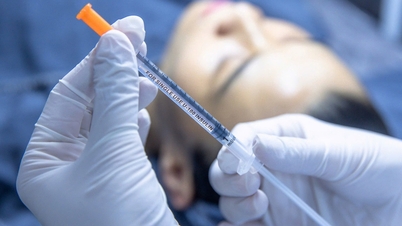


































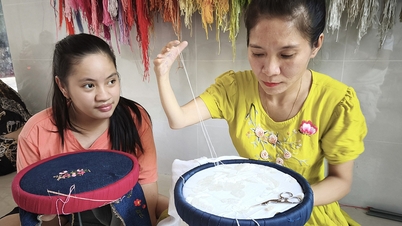

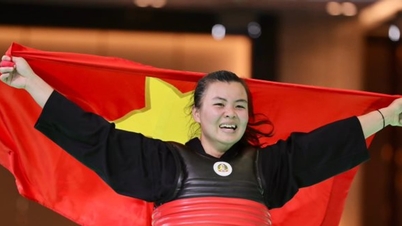






























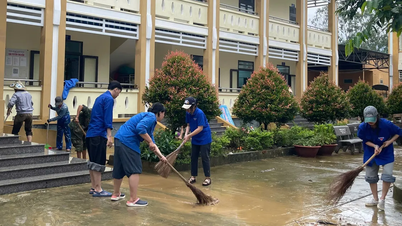
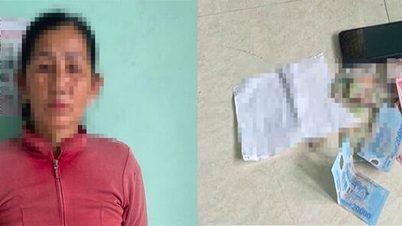























Comment (0)